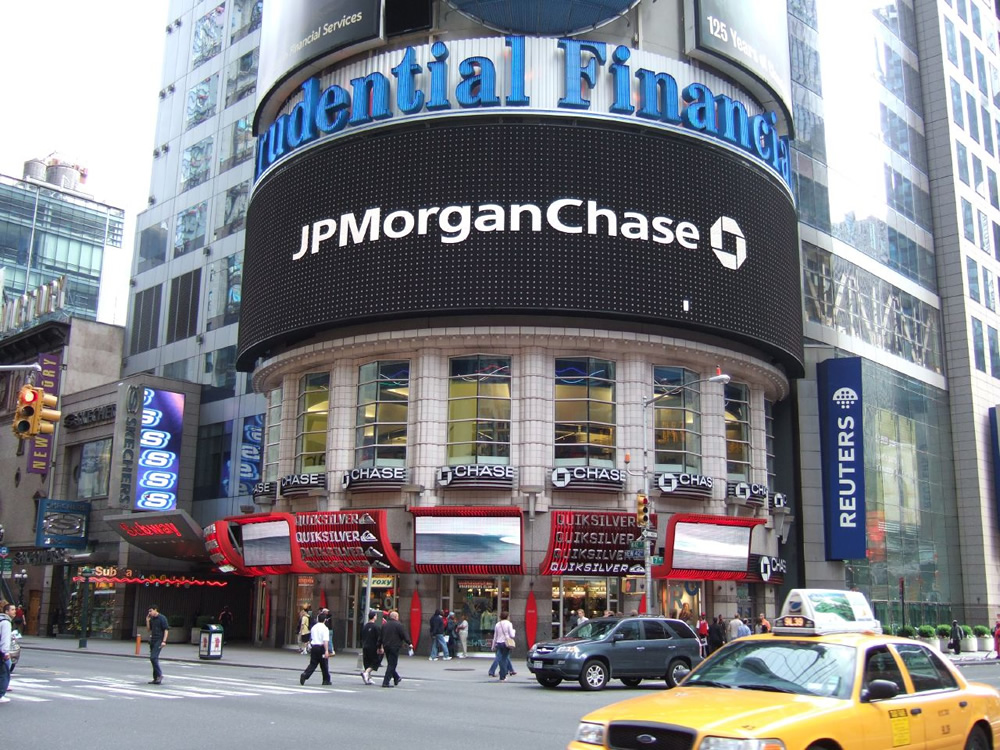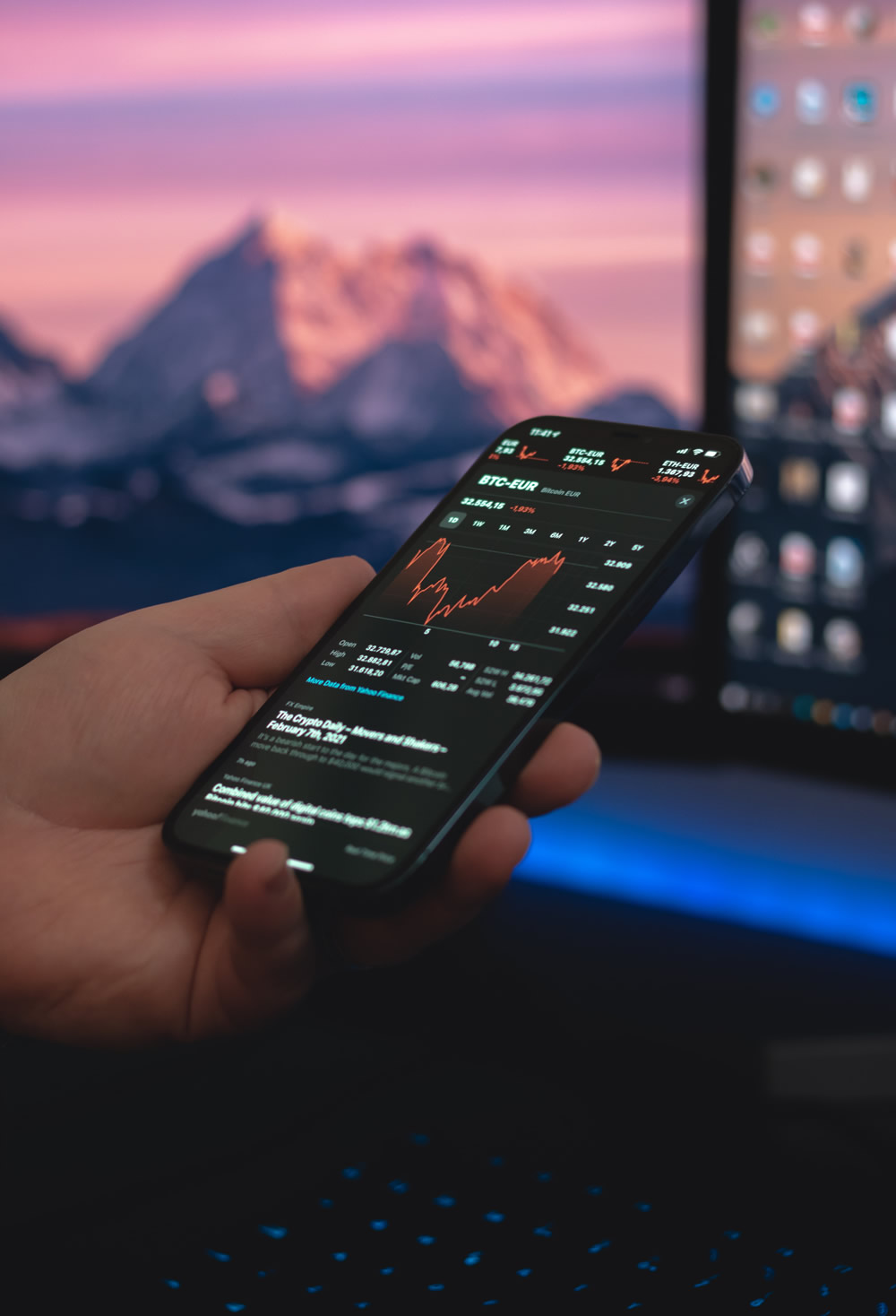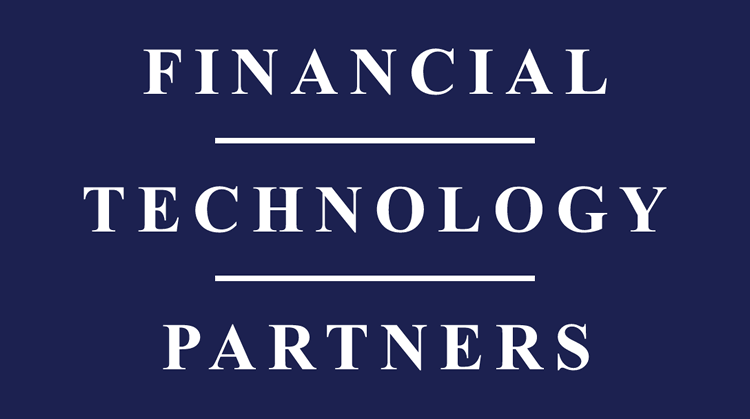Ascento Capital – The Technology Investment Bank > Article
A Critical Role Player in the Technological Revolution
In this article, we’re going to unpeel the layers of technology investment banking. You’ll discover what technology investment banks do, how they help both start-up and mature tech companies, and the critical role they’re playing in the technological revolution we’re all now experiencing.
Many tech companies are not created with the sole goal of profits. They are trying to create a better world through technology. A technology investment bank often serves companies like this.
Take Uber for example. The company may never generate a positive cash flow but made early investors a lot of money and brought never before experienced transportation service to the marketplace. Uber ride prices have climbed significantly over the years, but nobody can dispute the convenience of the service.
Investment bankers assist companies with mergers, acquisitions, and debt and equity issuances. Technology investment bankers work with companies only in the technology sector. The technology sector can be divided into sub sectors that are discussed below: Software, Internet, Hardware and Equipment, Semiconductors and IT Services.
The growth stage within the tech sector are a bit different, but most companies will fall into one of two categories:
- Early-stage / Growth-oriented: These firms typically include venture-backed tech startups as well as small and mid-cap companies wanting to raise capital, grow, and eventually sell or go public.
- Mature: This category includes many of the largest, public, global companies that represent tens of billions in revenue.
Smaller boutique technology banks will more often work with category one, while larger bulge bracket technology investment banks may work with companies in both categories.
Table of Contents
- Sectors Within Technology Investment Banking
- “TMT” vs. Technology Investment Banking
- What Does a Technology Investment Banking Analyst Do?
- What are Boutique Investment Banks?
- What are Bulge Bracket Banks?
- Key Technology Trends and Drivers
- What is Fintech?
- Fintech Market Examples
- The Top Tech Investment Banks
Sectors Within Technology Investment Banking

There are endless ways and combinations that banks break up their groups. Some might have 15 different sectors while others have three.
 Software
Software
Today the consolidation in the software sector by companies like Oracle has left few large software companies worldwide. Enterprise accounts are hard to win but come with big advantages to those who can. In the past software companies used to sell an initial license priced based on the number of seats at the company, and then charge for support and maintenance.
Now the Software as a Service (SaaS) model dominates. Customers pay a monthly or annual subscription fee to use the software that’s delivered online. Customers enjoy paying less upfront, don’t have to deal with local installations, and companies gain more revenue visibility.
The SaaS business model shift affected accounting and financial modeling for software companies, which affected CAC (Customer Acquisition Costs), LTV (Lifetime Value), Churn, Billings, and Unearned Revenue.
 Internet
Internet
An internet company is a company that does anything in the realm of e-commerce, social networking, search engines, and mobile apps. The key drivers in this sector are monthly active users (MAUs), and average revenue per user (ARPU).
Social-media companies like Facebook and Instagram depend on advertising revenue, while others rely on in-app purchases.
A marketplace company like Alibaba for example looks at gross merchandise value (GMV) which shows the total sales volume of all transactions on the site over a specific period of time.
Probably the hottest internet sub-sector today is subscription-based companies like Netflix and Hulu. They’re focusing on ways to keep their churn (cancellation rate) as low as possible.
 Hardware & Equipment
Hardware & Equipment
Hardware companies must spend a significant amount on capital expenditures to build factories and manufacture their products. This makes this sector similar to industrial companies in a lot of ways. As a result, traditional metrics like gross margins and cash flows have more weight.
Many hardware & equipment firms are consumer-focused (Microsoft and Apple), while others provide manufacturing services for other companies, and others provide a mix of both.
Manufacturing efficiency and supply chains are critical for companies in this sector, as are sales channels.
As hardware markets have matured with new technology (smartphones, tablets, laptops), companies in this sector are finding new revenue opportunities through new sources like apps and subscription services.
 Semiconductors
Semiconductors
While hardware companies assemble devices, semiconductor companies make the insides of those devices. Think chips in a CPU, memory (RAM), and graphic cards.
Just like hardware companies, semiconductor companies tend to be capital expenditure heavy. They also have additional research and development costs.
Some of these companies outsource their manufacturing to third parties to reduce their expenses and upfront capital costs, others take a vertical integration approach, and some mix the two models.
The semiconductor industry is highly cyclical when compared to every other vertical within the technology industry. News of a new operating system or smartphone can push chip demand, but if companies respond with too much production, prices can crash.
Key metrics to look at to determine where a company is within a cycle include the book-to-bill ratio (orders received / orders shipped) and capacity utilization.
 IT Services
IT Services
These companies are in the data processing and outsourced services category, which is one of the two major verticals in IT Services, along with IT Consulting & Other Services.
Companies in the “IT Consulting” category do not sell software, hardware, or content. They provide services to set up or maintain custom systems for clients.
Key drivers for companies in IT services include business spending and ease of difficulty of outsourcing/offshoring.
In the Data Processing segment, key drivers include employment levels and overall consumer spending for companies like PayPal and Visa.
Extensive Deal Experience
Deep Expertise and Senior Level Relationships in the Technology Sector
“TMT” vs. Technology Investment Banking

The categorization of these will depend on the bank. Some banks will have dedicated Technology groups, and others will put it within the Technology, Media & Telecom (TMT) group.
TMT is very broad, it includes big player companies like Verizon, AT&T, and China Telecom. It may also include media companies like Viacom CBS or Disney.
Traditionally, media companies are known for producing content, while telecom companies offer delivery services for content. While technology companies provide software, hardware, and services for content consumption.
Today, however, this is changing. There’s been an increasing convergence between companies in the TMT sector. Think Netflix – is it a technology company or a media company?
Some argue that Netflix was first a technology company, but has since transformed into a media company because it’s now producing its own branded content.
What Does a Technology Investment Banking Analyst Do?

Typically, in the context of an investment bank, a Managing Director refers to those working in the mergers and acquisitions department. These MDs are responsible for bringing in clients, traveling, and closing deals.
The analyst, unlike the Managing Director, is primarily consumed with research. The day-to-day for a technology investment banking analyst depends heavily on the vertical market and types of companies they work with.
An analyst in a boutique bank that’s raising funding for early-stage software and internet companies will focus on private placements and provide sector research and valuation comparables.
On the opposite end of the spectrum, a technology investment banking analyst working in a TMT group of a bulge bracket bank like Goldman Sachs or Morgan Stanley is working on a lot of merger and acquisition deals and leveraged buyouts that involve mature companies.
Analysts working in IT services, semiconductors, and hardware are working in more mature sectors, so they’re focusing on profits and cash flows.
Technology investment banking analysts working in internet and software will encounter a wider range of companies that range from mature and profitable firms to early-stage growth-oriented companies that may be operating on negative cash flows.
Follow Ben on Twitter!
Ben speaks regularly on panels on the technology sector and corporate
finance and has appeared on TV at Fox Business News and Bloomberg.
What are Boutique Investment Banks?

The Boutique investment bank is a small financial institution offering specialized corporate finance and investment services.
These small investment houses specialize in industries, sectors, or geographical areas, and seek to cover small and middle-market firms in particular niches. Because they’re smaller than the bulge-bracket banks, they have lower fees, yet still maintain outstanding service for clients.
Most boutique investment banks build long-term, mutually exclusive relationships with their clients, which grows stronger over time. In many cases, the deal-maker of a small investment bank is directly involved in the transaction, seeking to complete it successfully. Their typical clients are corporations and companies with an enterprise value between $20 million and $100 million.
What are Bulge Bracket Banks?

The “bulge bracket” firms are the largest global banks operating in all regions and offering all services. They’ll have divisions for sales & trading, wealth management, corporate banking, and more.
Bulge bracket banks work on the biggest deals, usually above $1 billion USD in size, although they will scale down depending on market conditions. When you think of bulge bracket banks think of names like JP Morgan Chase & Co., Goldman Sachs, Morgan Stanley, and Barclays.
Mergers & Acquisitions with Ascento Capital
We have developed a rigorous process that creates the most competition and optimizes the result.
Key Technology Trends and Drivers

When looking within the technology space investment banks are looking at a number of trends and drivers. The top trends and drivers are as follows.
 Innovation and Upgrade Cycles
Innovation and Upgrade Cycles
When the first smartphones emerged, nobody had seen devices like that before. Sales boomed, and soon, hundreds of millions of new customers had smartphones.
Eventually, smartphone innovation leveled out and slowed down. Now the smartphone market is more of a “replacement market” rather than an “amazing new product” market.
 Pricing Power and Inflation
Pricing Power and Inflation
Nearly all technology falls in price over time as manufacturing processes become more efficient, costs of materials fall, and more consumers enter the market.
High inflation, like we’re experiencing now, tends to be a disadvantage for tech companies because they don’t have the pricing power to keep up. Firms are faced with continually improving products and services to maintain their profit margins, which is easier when inflation is low.
 Geopolitics
Geopolitics
Traditionally, technology is not a heavily regulated sector. However, that’s starting to change as more countries begin to view it as vital to national security.
The trade wars between the U.S. and China have made a big impact on all tech firms. The China vs. India conflict, where India is banning Chinese apps has heightened tensions as well and must be considered when evaluating a firm.
 Broad Economic Conditions
Broad Economic Conditions
Technology performs well when unemployment is low and disposable income is rising. Businesses have more capital to spend on servers, software, and devices. When budgets shrink in a recession, IT spending is often the first area to take a hit.
 Tax, Trade, and IP
Tax, Trade, and IP
Another key driver is looking at how well a country protects intellectual property rights. If enforcement is poor, software companies will hesitate to do business there.
Is there a favorable tax policy for large companies? Does the country discourage imports with tariffs, or does it encourage a more free trade policy? Tech supply chains operate on a global scale, so all of these variables must be considered.
What is Fintech?

The more you look into the technology space the more you’ll see the term fintech. The word fintech is a term used to refer to innovations in the financial and technology crossover space. It typically refers to companies or services that use technology to provide financial services to businesses or consumers.
In a broader sense, fintech describes any company using the internet, mobile devices, software technology, or cloud services to perform or connect with financial services.
Many fintech products are designed to connect consumers’ finances with technology for ease of use. The term can also be applied to B2B technologies as well.
Extensive Focus,
Connections, and Experience
Fintech Market Examples

 Crowdfunding Platforms
Crowdfunding Platforms
Crowdfunding platforms allow internet and app users to send or receive money from others on the platform.
Companies like Kickstarter, Patreon, GoFundMe, and others are some of the most popular platforms people use.
Instead of going to a traditional bank for a loan, crowdfunding platforms make it possible to go straight to investors for support. The application use ranges from family and friends to fan and patron funding.
 Blockchain Technology
Blockchain Technology
Cryptocurrency and the technology that supports it, the Blockchain, are textbook examples of fintech in action.
Cryptocurrency exchanges like Coinbase and Gemini connect users to buying or selling cryptocurrencies like Bitcoin.
It’s important to note that Blockchain technology use applications are abundant and not limited to only cryptocurrency.
Blockchain tech can help reduce fraud, add transparency to supply chains, and even be used in smart contracts. We’re still a ways off from widespread adoption, but it doesn’t look like Blockchain technology is going to leave the marketplace anytime soon.
The Top Tech Investment Banks

Nearly all of the bulge bracket banks have strong technology and TMT teams. Most financial technology insiders would say Goldman Sachs and Morgan Stanley are known as “the best” in this category.
But with that said there are plenty of other large banks from New York to San Francisco advising on big tech mega deals. JPM, BAML, Citi, are just some of the names out there.
 Top Boutique Tech Investment Banks
Top Boutique Tech Investment Banks
These smaller firms are focused on M&A and Restructuring and often advise on the same deals as the bulge bracket banks. Sometimes referred to as “elite” boutique investment banks, many of these banks advise on deals that are as big as the ones the bulge bracket banks work on.
The only difference is they do not provide all the same types of financing services that the bulge brackets offer.
Ascento Capital
Ascento Capital specializes in technology investment banking. Ascento Capital provides corporate finance advisory services for mergers and acquisitions, capital raises, valuations, and strategic consulting.
The Ascento Capital team has global tech sector connections and has represented private and public companies in Israel, the United Kingdom, Sweden, Switzerland, France, Germany, Korea, Japan, China, and India.
Ascento focuses exclusively on the tech sector and brings extensive experience in artificial intelligence, data, analytics, MarTech, PropTech, FinTech, InsurTech, RegTech, HealthTech, IoT, Cloud, eCommerce, SaaS, UCaaS, IT Services, and Digital Media.
Stephens
Stephens is a boutique investment bank with a technology investment banking team including corporate finance and M&A professionals based in San Francisco, Boston, Little Rock, and London (through its London affiliate, Stephens Europe Limited).
FT Partners
Financial Technology Partners is an investment banking firm focused exclusively on the financial technology sector. They define the sector as the dynamic convergence of technology-based solutions and financial services. They have offices in San Francisco, New York, and London.
William Blair
William Blair is a global boutique bank offering a wider range of services than most boutique banks. They offer investment management, wealth management, private equity management, and investment banking.
Lincoln International
Lincoln International is a boutique investment bank focused on technology, media, and telecom clients. They have a particular interest in serving the TMT industry. The firm has offices in many countries around the globe.
GP. Bullhound
GP. Bullhound is a technology advisory and investment firm that provides transaction advice and capital to startups around the world. The firm has offices in San Francisco, New York, London, and other major European countries.
For more information, please contact Ascento Capital
646-286-4589 | info@ascentocapital.com
745 Fifth Avenue, Suite 500, New York, NY 10151



